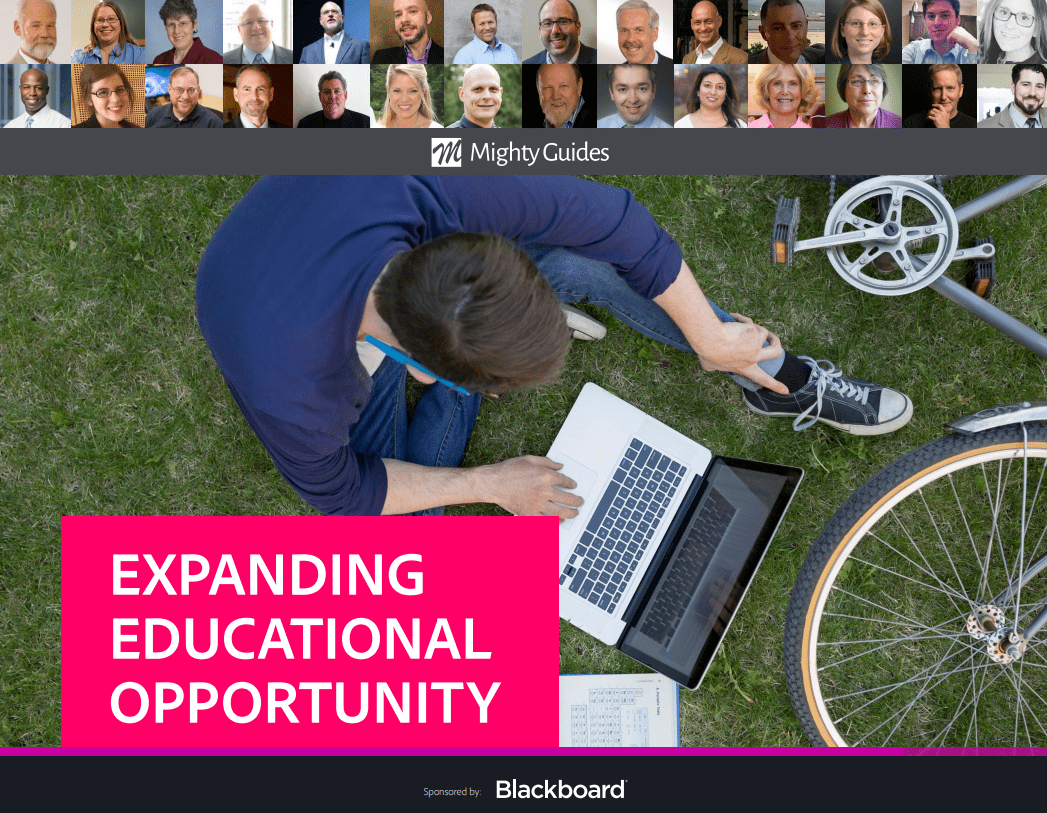
Devrim Ozdemir, Instructional Design Coordinator, Des Moines University
Accessible Curriculum Begins With The Instructor But Requires A Team Effort
- Thinking about accessibility throughout the course design process results in tools that help more students, including those who may not fit the typical profiles of students who need additional accessibility.
- Each institution has to build a process and structure that works for its unique environment, but fostering a team approach in which subject matter experts, skilled technicians, and those who understand instructional and universal
design come together to build courses should be the ultimate goal.
“[Good instructional design] doesn’t only help those who have disabilities but is also a win–win situation for the instructor.”
As an experienced academic who has more than a decade of instructional design and technology experience, Dr. Devrim Ozdemir takes a scholarly view of how technology is improving access. His many published works have solidified his views that innovative learning strategies to improve access are ideally placed at the beginning of the learning process, not tacked on at the end. This holistic view of instructional design means that better access and the better results that follow are more completely embraced by a wider variety of students, including many who might not have sought out specific help but who benefit from greater access when exposed to best practices. “A good example,” says Dr. Ozdemir, “is captioning and subtitles for videos (or other multimedia formats).”



